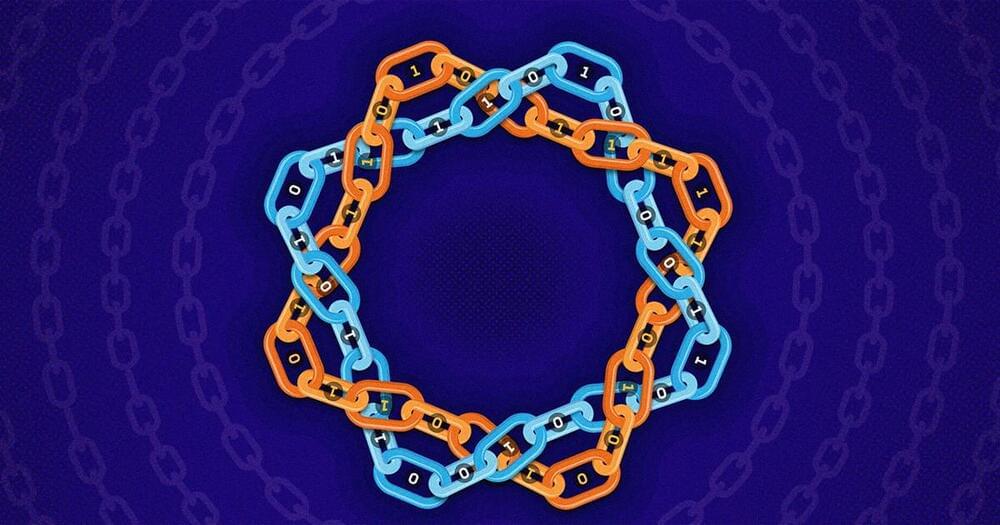Over the centuries, we have learned to put information into increasingly durable and useful form, from stone tablets to paper to digital media. Beginning in the 1980s, researchers began theorizing about how to store the information inside a quantum computer, where it is subject to all sorts of atomic-scale errors. By the 1990s they had found a few methods, but these methods fell short of their rivals from classical (regular) computers, which provided an incredible combination of reliability and efficiency.
Now, in a preprint posted on November 5, Pavel Panteleev and Gleb Kalachev of Moscow State University have shown that — at least, in theory — quantum information can be protected from errors just as well as classical information can. They did it by combining two exceptionally compatible classical methods and inventing new techniques to prove their properties.
“It’s a huge achievement by Pavel and Gleb,” said Jens Eberhardt of the University of Wuppertal in Germany.
